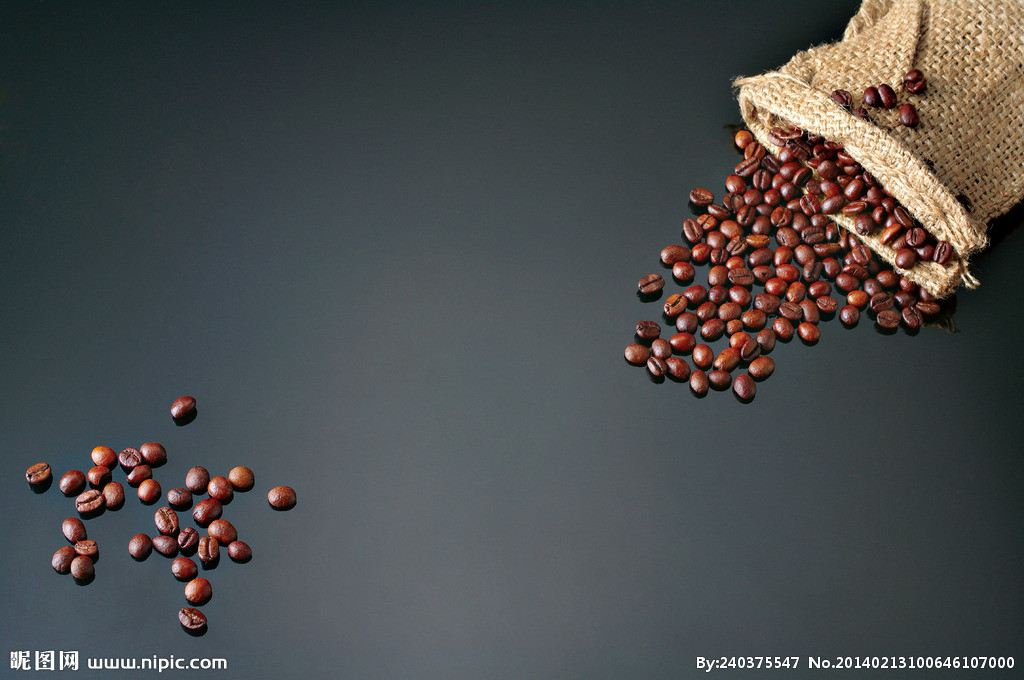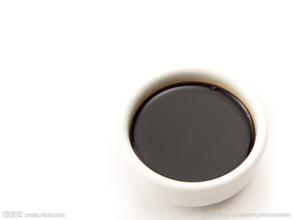Fragrant and flavored Larez Yaoke Coffee Variety characteristics introduction to Fine Coffee beans in Manor
Puerto Rico was originally inhabited by the Indian Taino tribe.
Christopher Columbus sailed here in November 1493 and named it San Juan in honor of John the Baptist the Baptist.
In 1508 the Spaniard J. Ponce de Leon established a colonial stronghold on the island and was appointed governor the following year.
It was colonized by Spain in 1509. As a result, the original native Indians on the island became slaves and were driven to work on farms and gold mines.
In 1509, the administrative center of Puerto Rico was established. In 1521, the local government changed the name of the island to Puerto Rico and its capital to San Juan.
In 1511, the Taino uprising, led by their leader Guayabana, was suppressed by the colonial authorities and 6000 Indians were slaughtered.
In the middle of the 16th century, the Tylenos were wiped out, and the colonists brought blacks from Africa as slaves to grow sugar cane. Since then, Puerto Rico has been harassed by pirates and attacked by Britain, France, the Netherlands and other countries.
In the middle of the 18th century, with the increasing number of immigrants and slaves, coffee became the main export.
On September 23, 1869, the people of Puerto Rico were in R. An uprising was held in the town of Larez (historically known as the "voice of Larez") under the leadership of Emmetrio Betons, which declared the establishment of a republic on the 24th and was later suppressed by the Spanish colonial army. After a long struggle, Puerto Rico was finally granted local self-government by Spain. However, from then on, it took only one year for the island to become an American colony after the Spanish-American War
Puerto Rico's coffee beans are carefully planted, pure, fragrant and heavy, of which the best coffee is Yauco Selecto, which means "Selecto". Yaocote Coffee is grown only on three farms in the southwest of the island, San Pedro, Caracolillo and La Juanita. It is a truly high-quality coffee with a strong flavor and a long aftertaste. The hills of southwestern Puerto Rico have a mild climate, a long period of plant maturity (from October to February) and high-quality clay. People here have been using an eco-friendly, intensive planting method, picking only fully ripe coffee beans and then flushing them in a drum device for 48 hours. Yaocote selected coffee beans are preserved with sheepskin before sale and will not be removed until order and delivery to ensure the best freshness of the coffee. Relevant U.S. government employees, such as FDA and USEA, will also be present at the transaction, and they are here to monitor producers' compliance with federal regulations. There are also professional reviewers who randomly take one bag of coffee from every 50 bags as samples and use international gauges to identify the quality of coffee beans, all in order to ensure the quality of the real Yaocote selected coffee.
Island Coffee-Puerto Rico
And Jaime Fortuno, the president of Escoki's Escogido Yauco agency, pays silent attention to all this work every year, even the smallest details. Fortuno is an investment banker who graduated from Harvard Business School. He was determined to seize every opportunity to open up a market for top coffee in Puerto Rico. He expects a maximum annual output of 3000 bags of 45kg each, less than 1 per cent of the island's total coffee production.
This is why Puerto Rico and Puerto Rico Yukot select Yauco Selecto, which is the manor bean, the joint brand of Puerto Rico San Pedro, Caracolillo and La Juanita.

Important Notice :
前街咖啡 FrontStreet Coffee has moved to new addredd:
FrontStreet Coffee Address: 315,Donghua East Road,GuangZhou
Tel:020 38364473
- Prev

An introduction to the characteristics of boutique coffee in the manor area.
The national emblem of El Salvador was used on September 15, 1912. The national emblem of El Salvador is an equilateral triangle whose three yellow lines represent equality, truth and justice respectively. Five volcanoes rise between the Pacific Ocean and the Atlantic Ocean, symbolizing the five countries in Central America. The pole of freedom and the red cap of freedom stand high on the top of the mountain, radiating the light of freedom and liberation.
- Next

Introduction to the characteristics and varieties of Nicaraguan Coffee Flavor Manor
Lake Nicaragua has more than 300 islands, the smallest of which is only a few hundred square meters. The largest island is Ometepe, which is 26 kilometers long and 13 kilometers wide and covers an area of more than 300 square kilometers. There are two volcanic cones on the island, one of which is 1610 meters high. The island also has many historical relics of Mayan culture. The lake is full of water birds, and it is rich in all kinds of saltwater fish, including crocodiles, sharks and the sea.
Related
- Detailed explanation of Jadeite planting Land in Panamanian Jadeite Manor introduction to the grading system of Jadeite competitive bidding, Red bid, Green bid and Rose Summer
- Story of Coffee planting in Brenka region of Costa Rica Stonehenge Manor anaerobic heavy honey treatment of flavor mouth
- What's on the barrel of Blue Mountain Coffee beans?
- Can American coffee also pull flowers? How to use hot American style to pull out a good-looking pattern?
- Can you make a cold extract with coffee beans? What is the right proportion for cold-extracted coffee formula?
- Indonesian PWN Gold Mandrine Coffee Origin Features Flavor How to Chong? Mandolin coffee is American.
- A brief introduction to the flavor characteristics of Brazilian yellow bourbon coffee beans
- What is the effect of different water quality on the flavor of cold-extracted coffee? What kind of water is best for brewing coffee?
- Why do you think of Rose Summer whenever you mention Panamanian coffee?
- Introduction to the characteristics of authentic blue mountain coffee bean producing areas? What is the CIB Coffee Authority in Jamaica?

